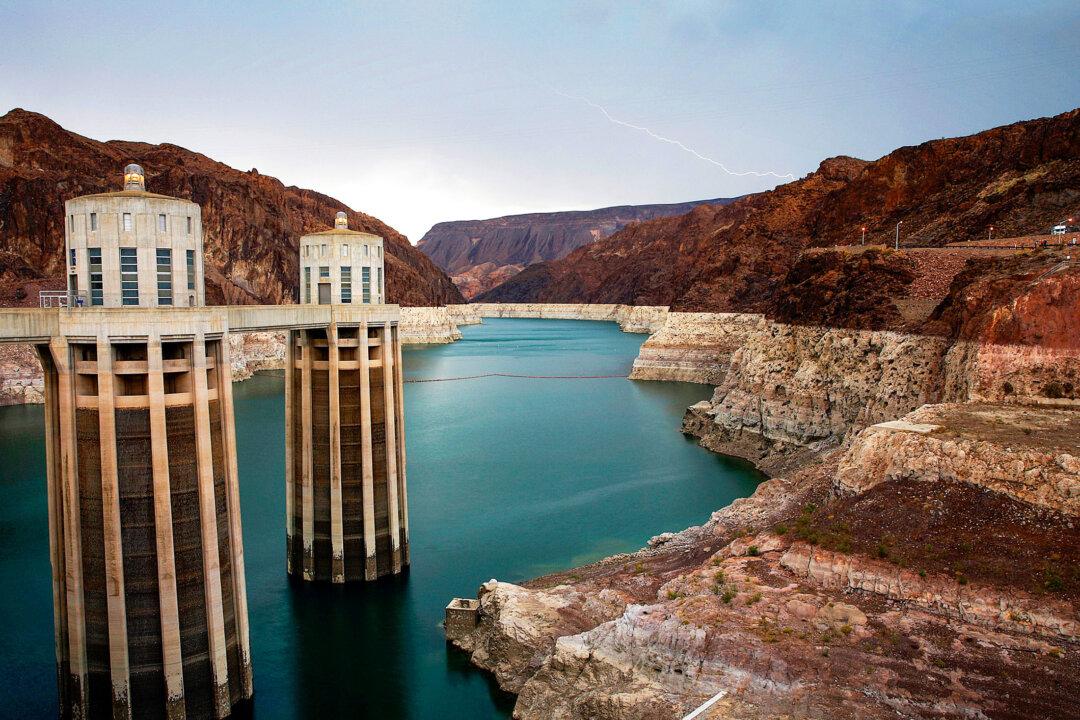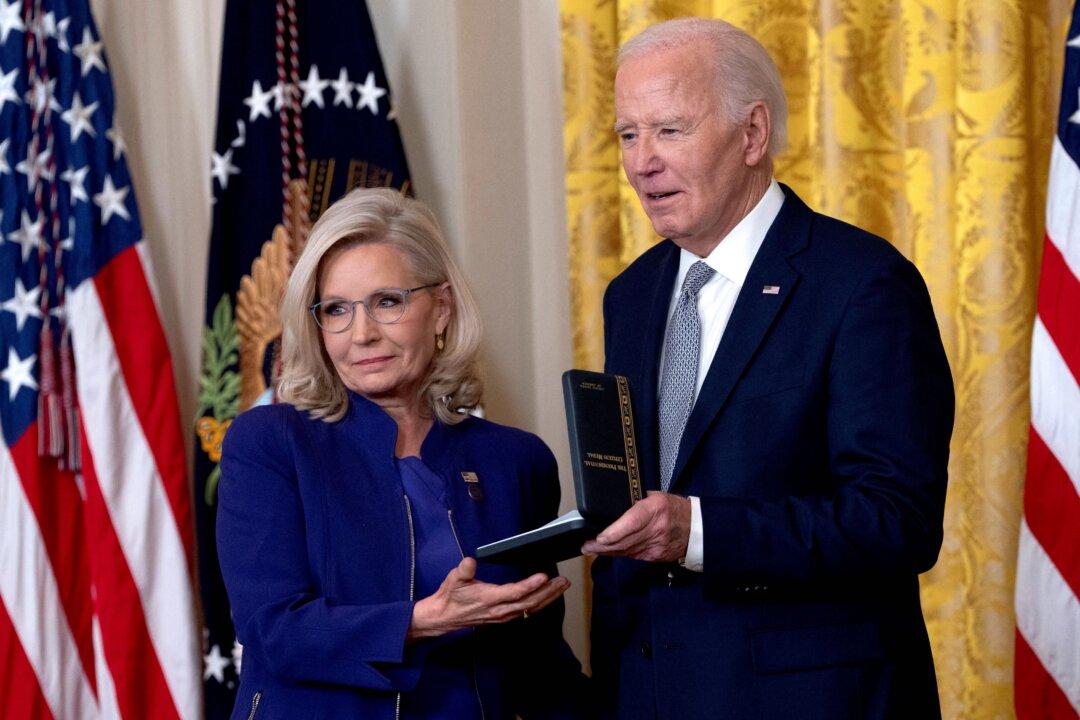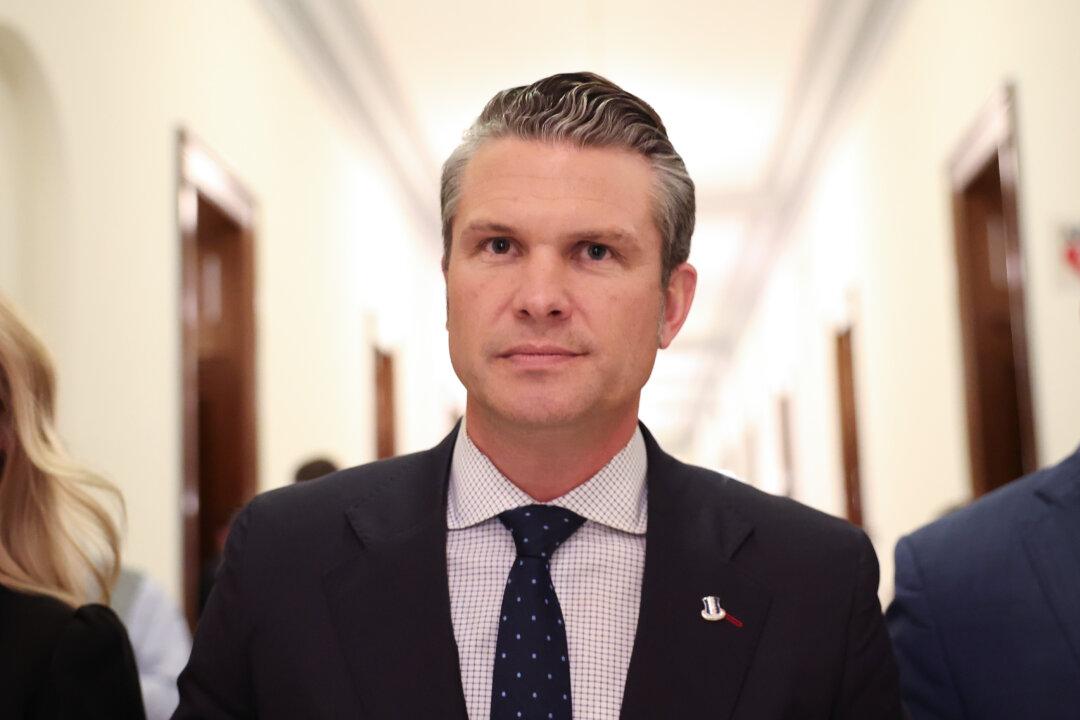Several potential alternatives for the long-term management of the Colorado River System have been proposed by the federal government after the Basin states—reliant on the river for essential services such as drinking water and electricity—failed to reach a consensus earlier this year.
The Colorado River region is divided into a Lower Basin, which includes Arizona, California, and Nevada, and an Upper Basin, which includes Colorado, New Mexico, Utah, and Wyoming.





